| Contents: 01 history 02 resources 03 feedstock 04 producing 05 products 06 using 07 utensils 08 intake 09 appreciating 10 aesthetics 11 meaning 12 profession 13 changes |
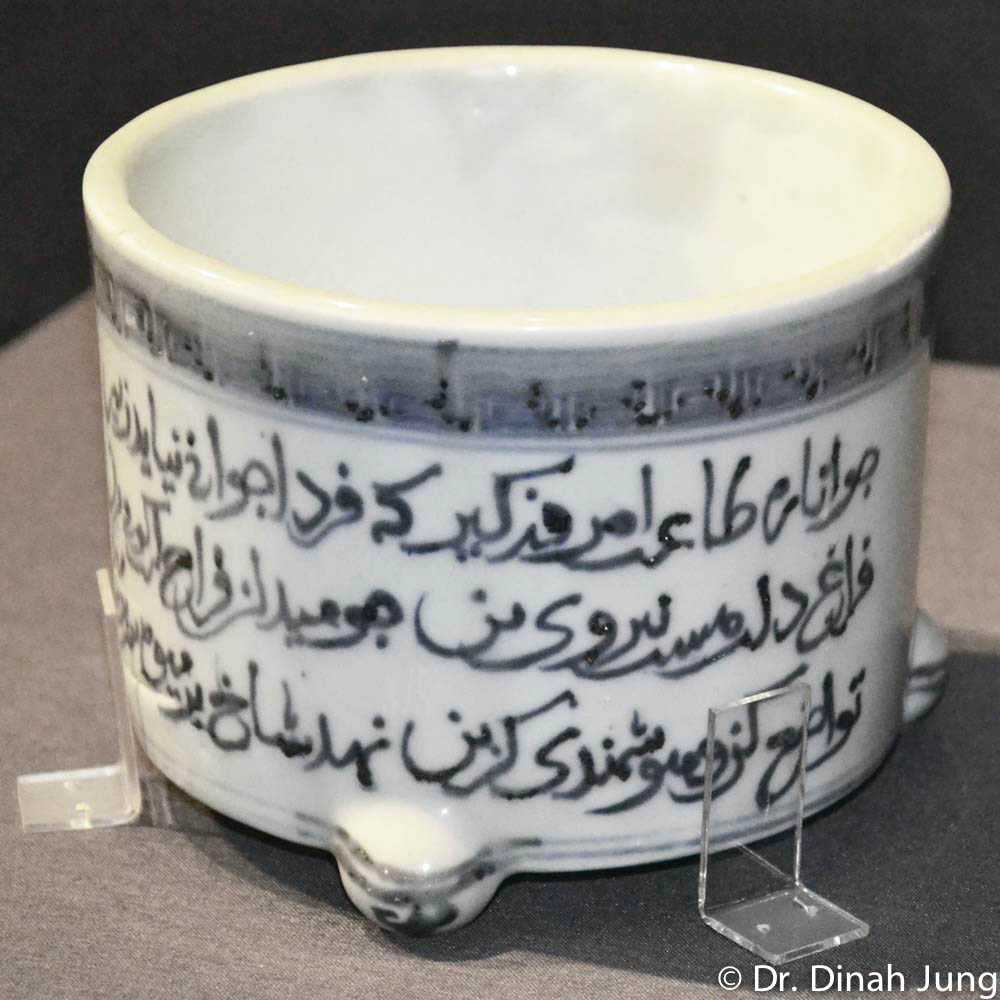
01 history
HISTORY OF ASIAN PERFUMERY ARTS
- Appreciation of the fragrant landscape presumably since the beginning of Asian civilization and throughout Asia.
- Provable origins of a ‚handicraft‘ over 2–3,000 years ago.
- Specialization of a perfumery art – i.e. skills of conserving and refining the aromatics as well as as appreciating them reverently – over the course of the centuries at exclusive locations.
- Intracontinental transmission of materials, techniques and meanings via land and sea routes over the course of time – with the effect of exchange and mutual inspiration.
- Notable entanglement with Western business activities since the 16th century.
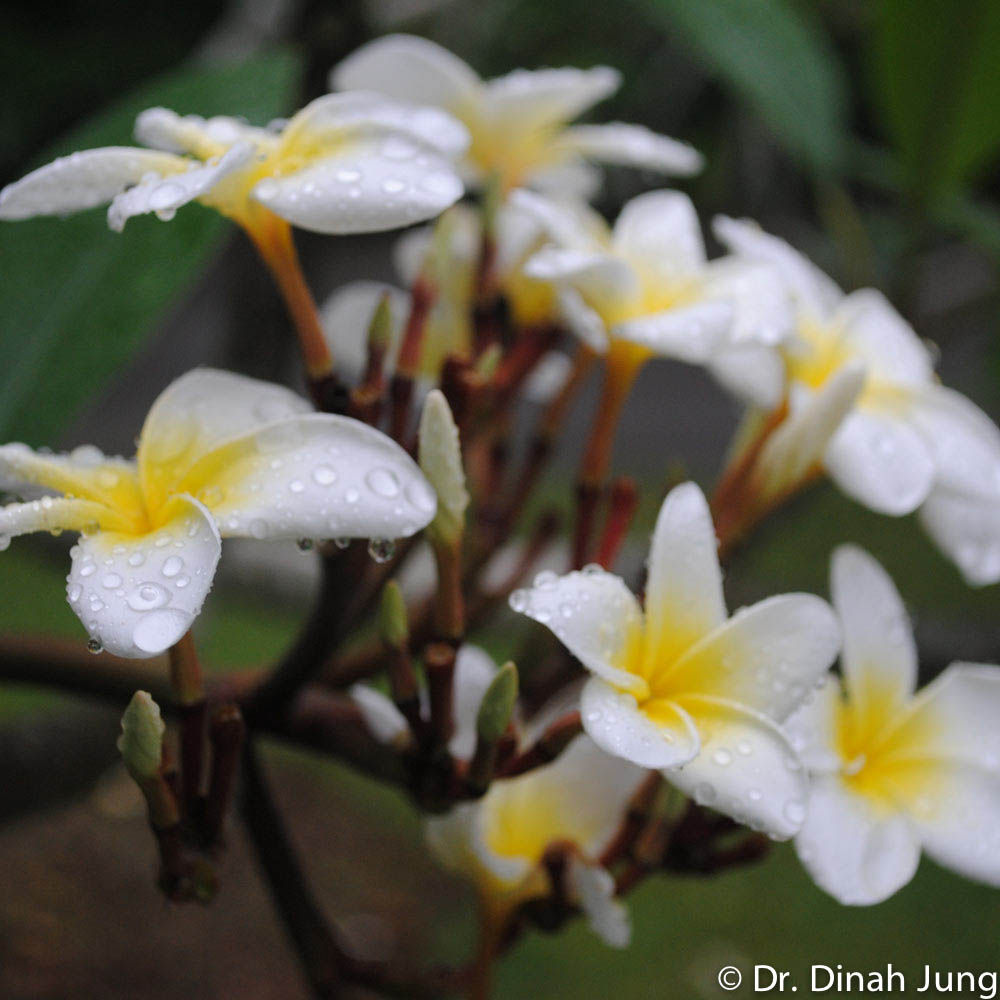
02 resources
FAMOUS REPRESENTATIVES OF ASIA’S ENDEMIC AROMATIC RESOURCES
Agarwood – ambergris – basil – benzoin – birch – cajeput – camellia – camphor – cardamom – cassia – cedar – cinnamon – civet – cloves – conifer – coriander – cypress – elemi – eucalyptus – fenugreek – fir – frangipani – frankincense – galbanum – gallnuts – ginger – jasmine – kanuka – lemongrass – lily – litsea – magnolia – maple – musk – myrrh – neroli – nutmeg – osmanthus – palmarosa – patchouli – pepper – pine – rhododendron – rosemary – roses – saffron – sandalwood – shell hinges – spikenard – spruce – star anise – storax – tea tree – tuberose – tulsi – vetiver – yarrow – ylang-ylang.
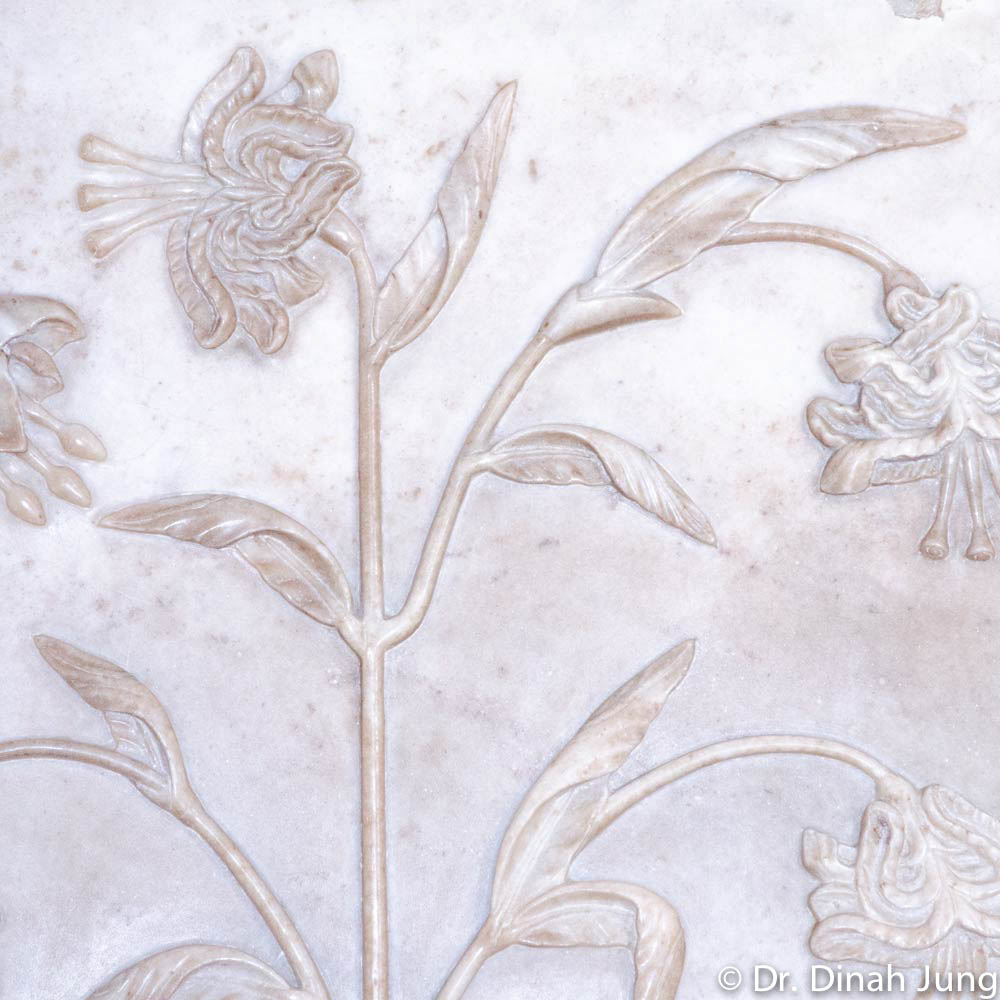
03 feedstock
PARTS OF PLANTS THAT HOST AROMATIC MOLECULES
Balm – bark – blossom – fruit (peel) – grass – leaves – lichen – needle – resin – root – seeds – wood.
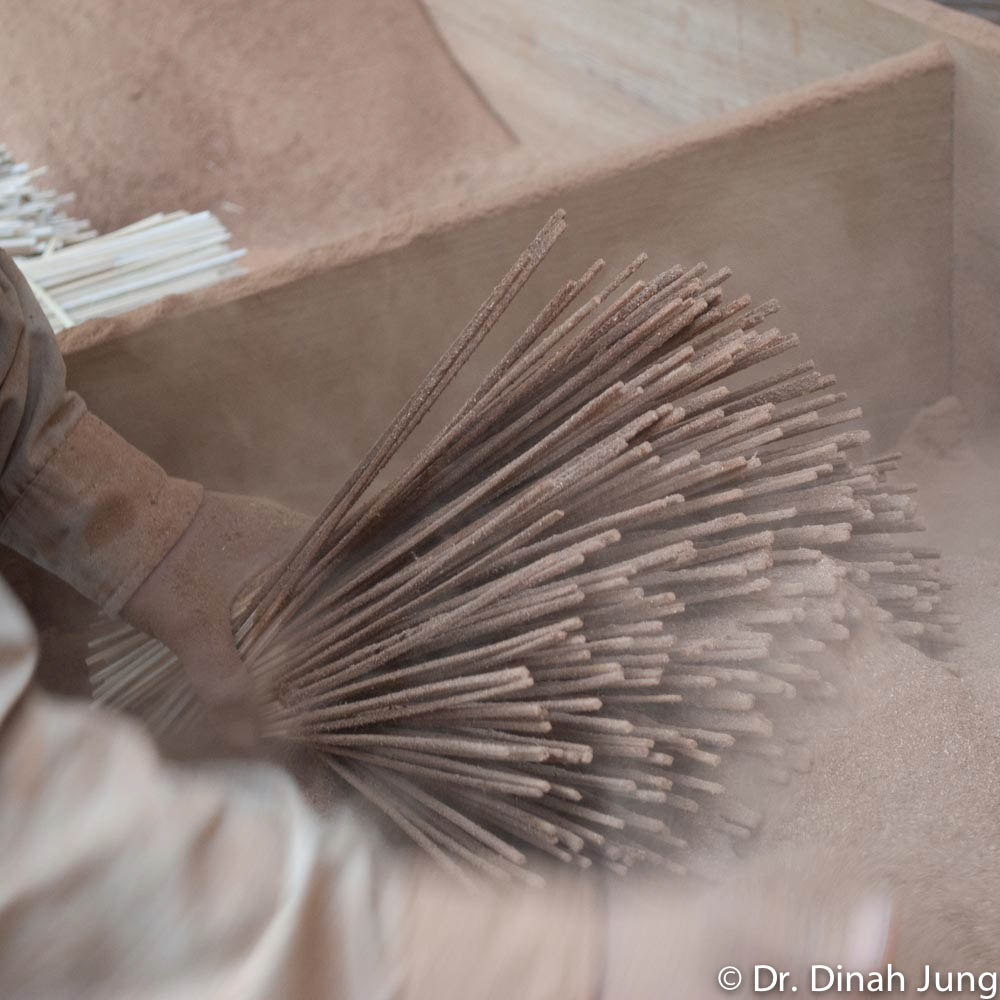
04 producing
EFFORTS TO PRODUCE DIFFERENT CATEGORIES OF AROMATIC GOODS
(1) RAW MATERIALS
- growing
- harvesting
(2) REFINED (PURE) GOODS
- cleaning
- washing
- drying
- carving
- grinding
- distilling
- extracting
(3) REFINED MIXED PRODUCTS
- blending
- cooking
- saturating
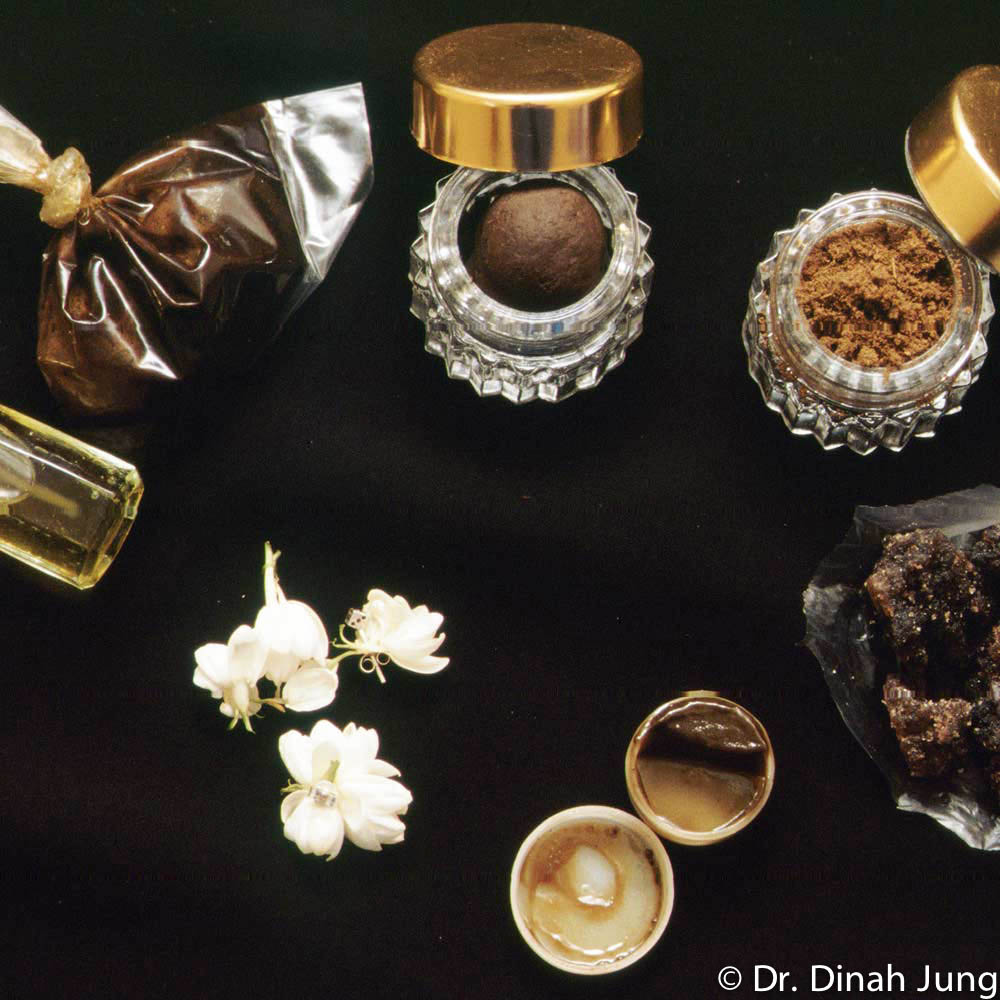
05 products
TYPICAL
- the natural surrounding as such
- aromatic wood artefacts
- fresh (parts of) plants (flowers, herbs, and other)
- dried (parts of) plants (flowers, herbs and other)
- powders
- incense cake (as balls, cookies, soft sticks)
- incense sticks (including a wood stick)
- pastes
- distillates
- oils
- cremes
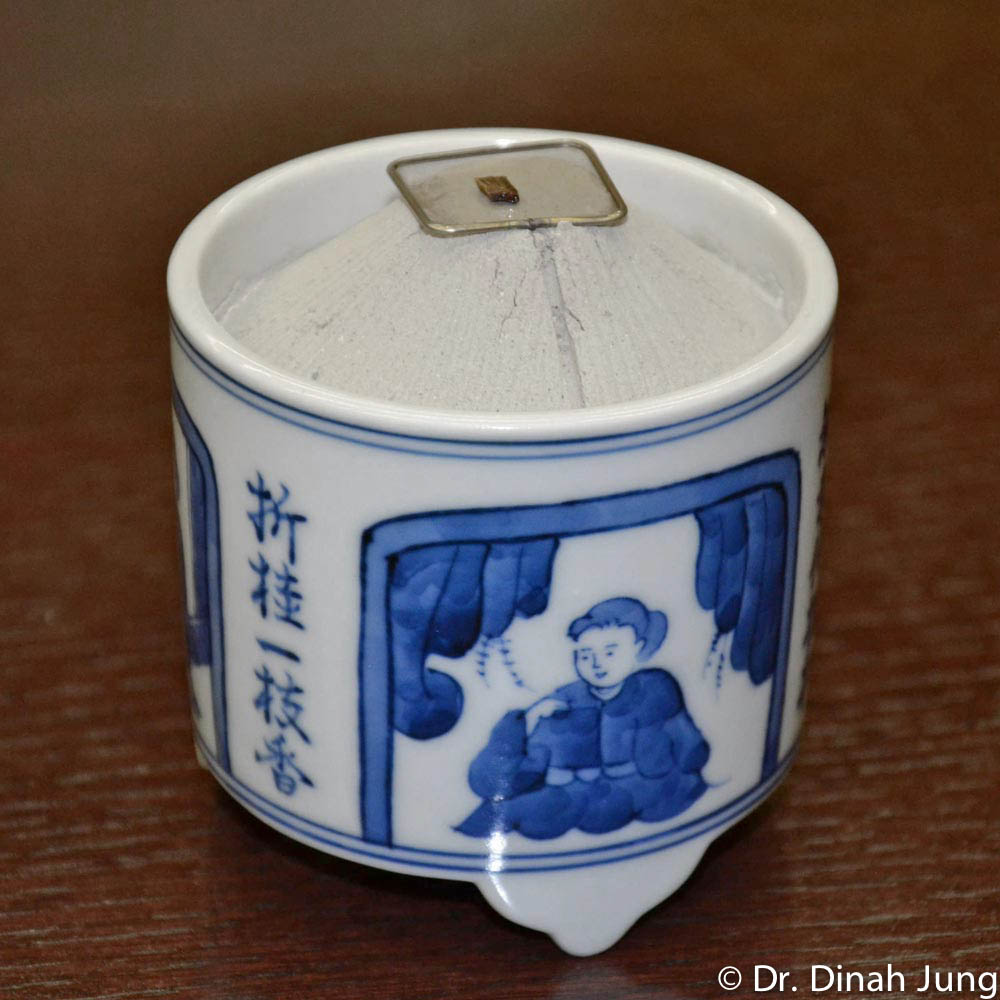
06 using
SKILLS OF MAKING AROMATICS GIVE OFF THEIR FRAGRANCE
- diffusing
- boiling
- censing
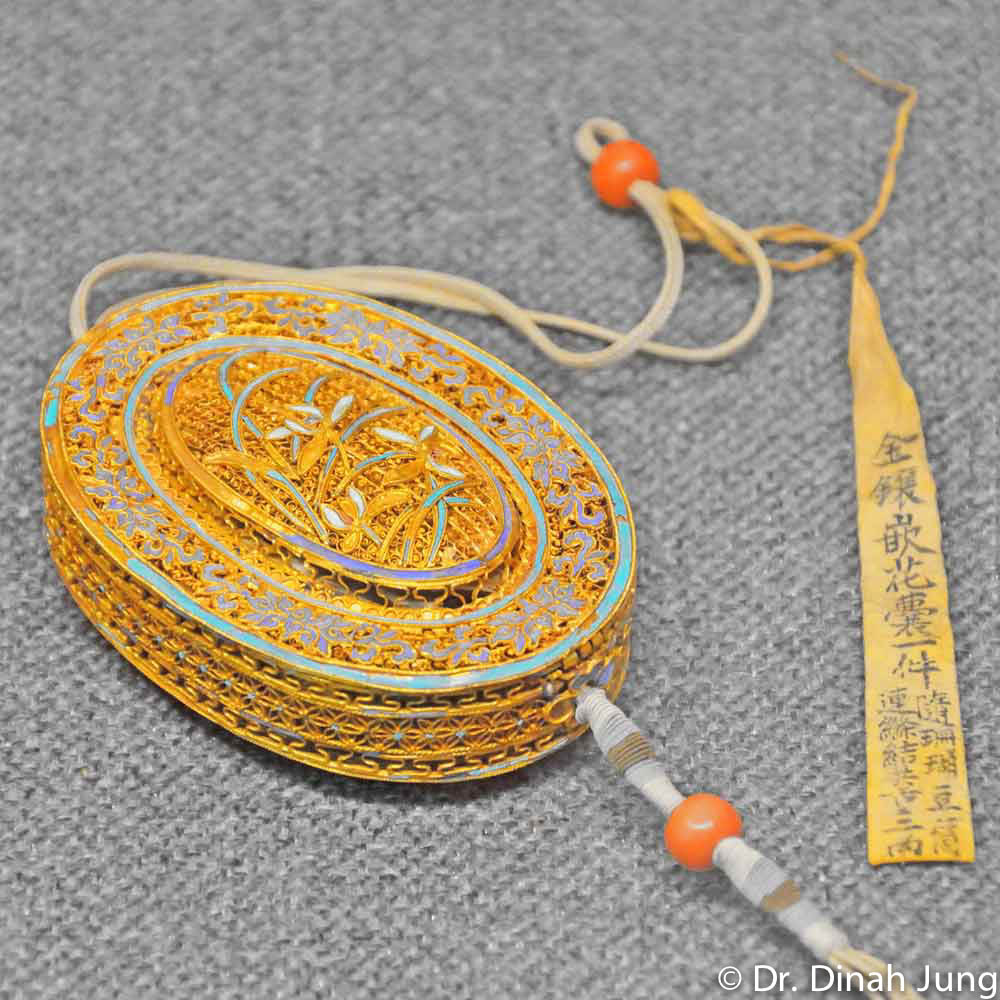
07 utensils
SELECT PERFUMERY UTENSILS
(1) PRODUCING
- cooking pots
- still
- productional tools
(2) STORING
- sstoring boxes
(3) APPRECIATING
- sprinkler
- censer
- incense holder
- fine boxes
- fine cutlery
- rack
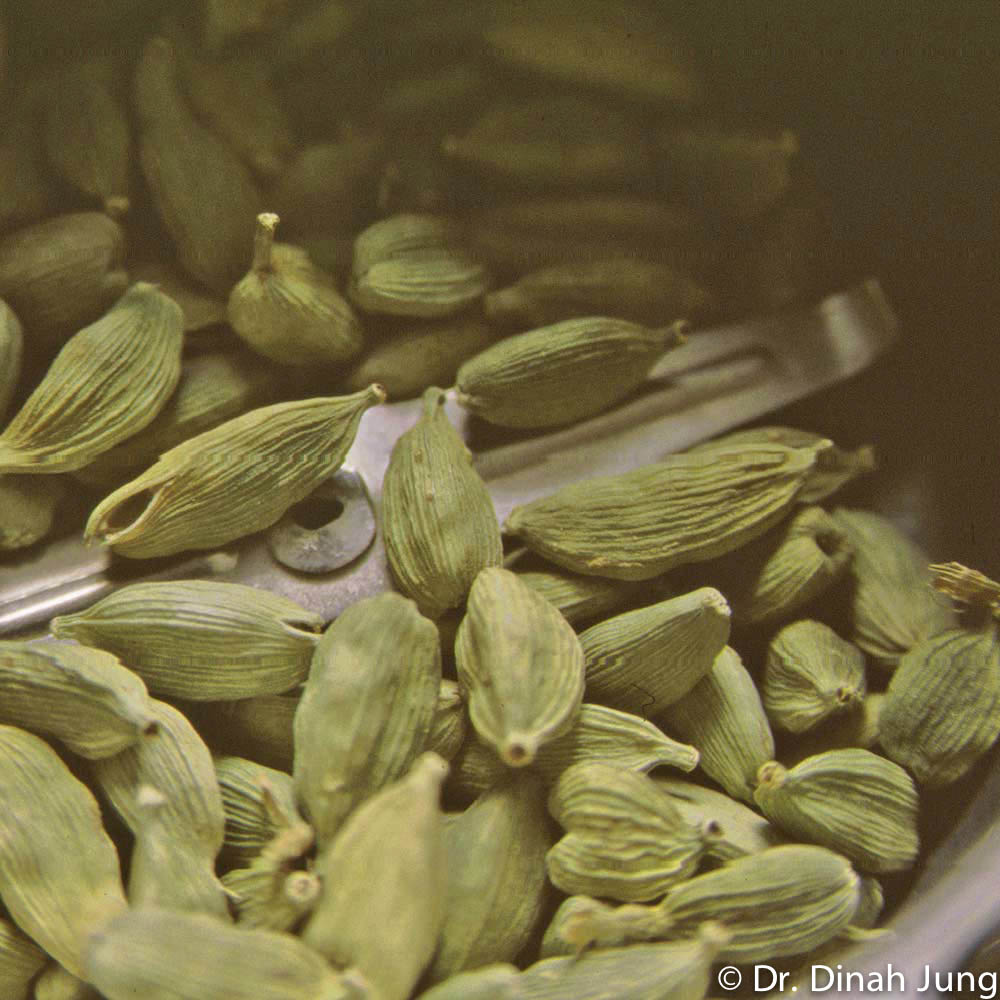
08 intake
WAYS OF TAKING IN THE AROMATIC MOLECULES
- inhalation
- skin application
- ingestion

09 appreciating
TRADITIONAL WAYS OF APPRECIATING FRAGRANCES REVERENTLY
- Sensory appreciation of the natural atmosphere by full awareness.
- Garden architecture.
- Fragrant sacrifices to divine entities.
- Noble gesture of respect and hospitality to the community.
- Ritual appreciation of select olfactory notes for leisure and spiritual aims.
- Therapeutic use of aromatics.
- Flavoring food.
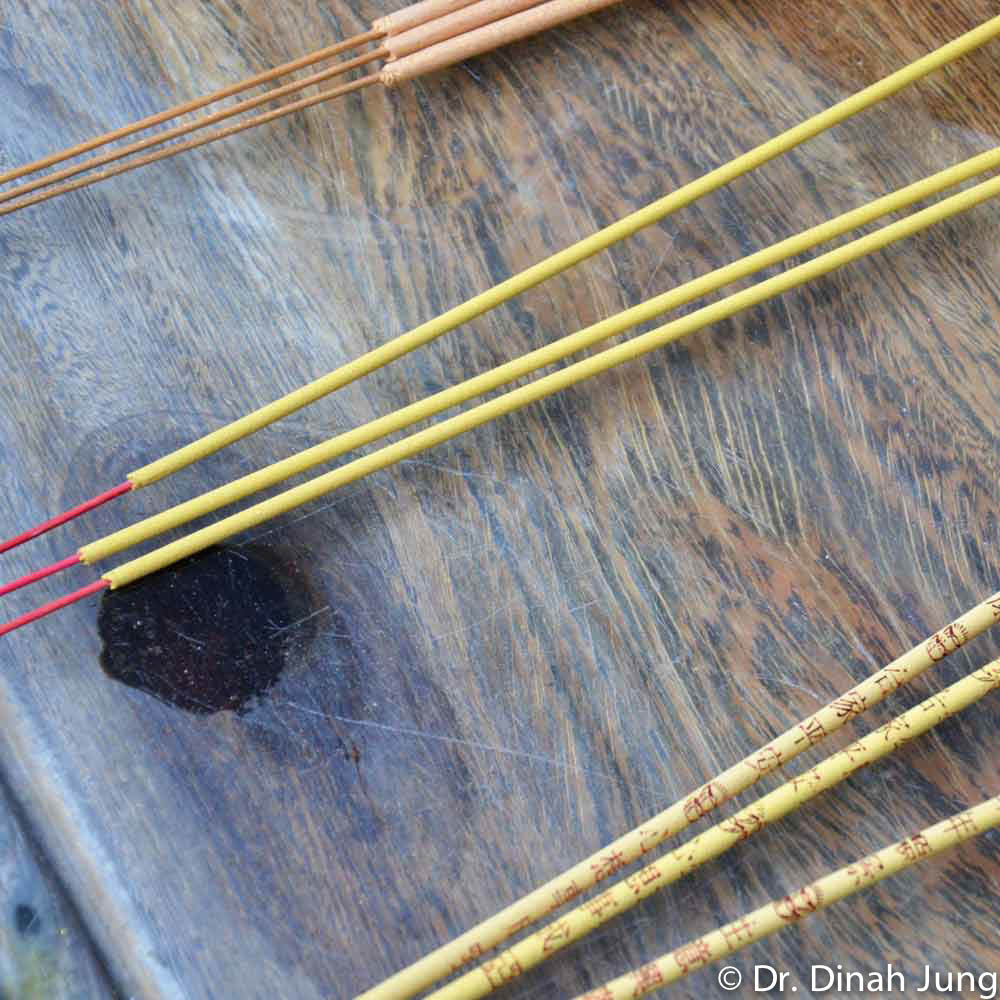
10 aesthetics
EXEMPLARY IDEALS AND CRITERIA (EACH ONE DESCRIBING A SPECIFIC CULTURE).
- Naturalness (Eastern Asia)
- Support of ritual purity (Islamic Asia).
- Representation of Paradise (Central Asia).
- Supporting harmony and balance of physical energies (South Asia).
- Accompanied by visible smoke rising to the sky, or to the Gods respectively (Eastern Asia).
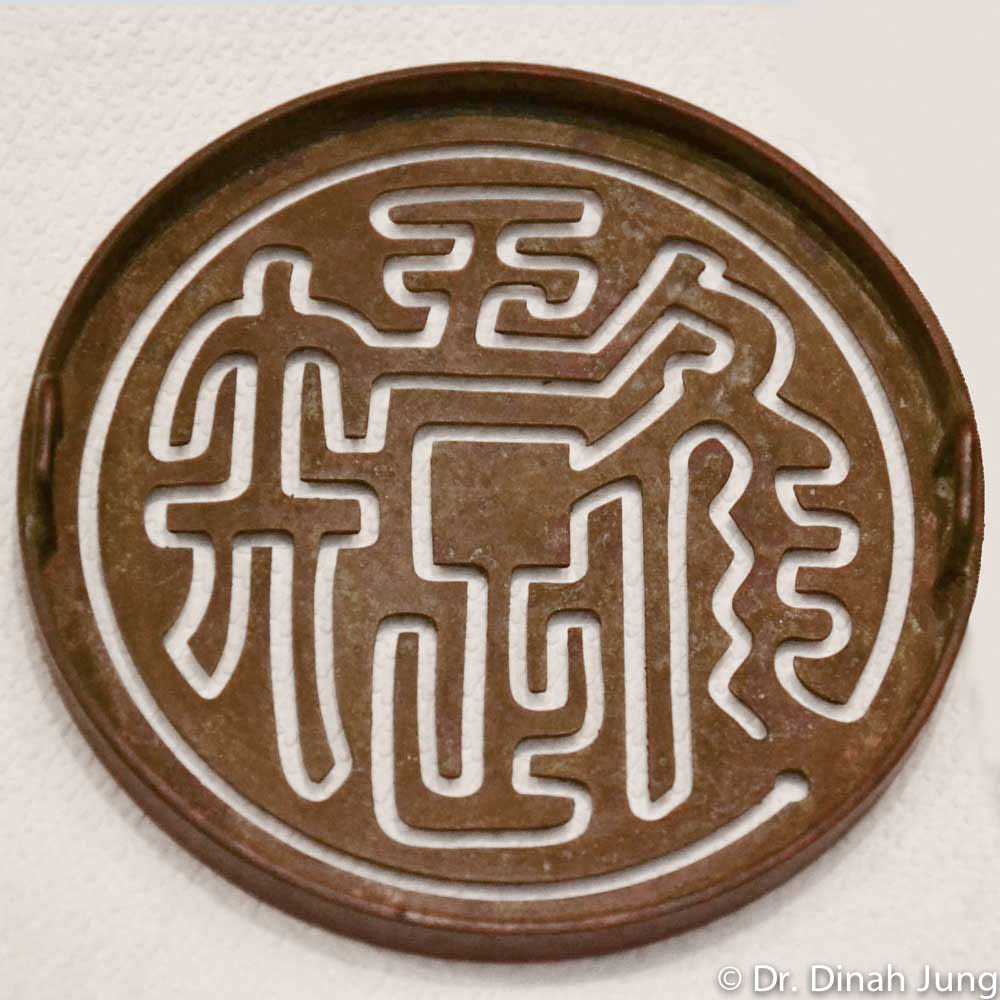
11 meaning
TRADITIONAL MEANING OF FRAGRANCES
- Representing, symbolizing and supporting divine presence and energies.
- Source of gaining spiritual insight and refining one’s personality.
- Signifying healthy conditions.
- Supporting the maintenance of human health (’natural pharmacy‘).
- Paying respect towards divine entitites as well as the community.
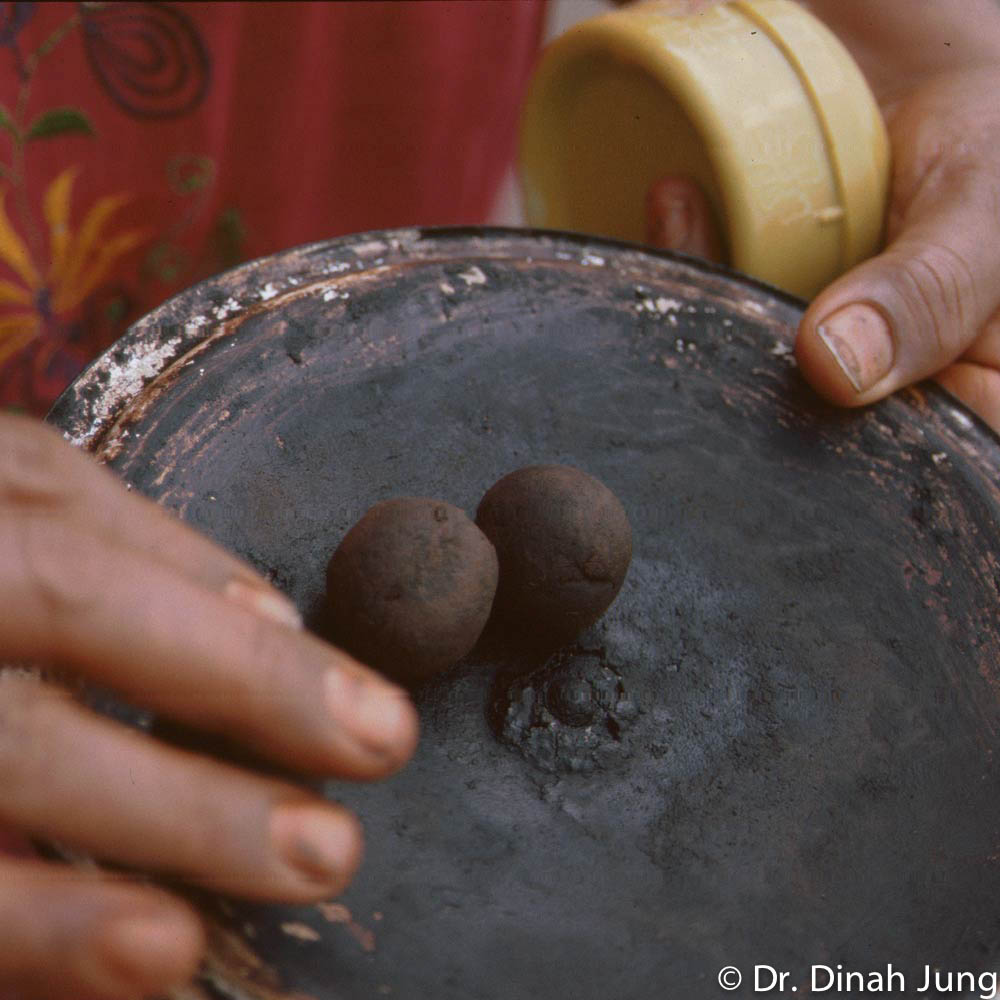
12 profession
PERFORMING THE PROFESSION
- In the beginning: Everyday habit – overlap of cooking, hygienic care, and reverent devotional service.
- Over the centuries: Hobby – especially among those populations living in the cultivation area of aromatic plants.
- By time: Special profession – of herbalists, pharmacologists, therapists, spiritual masters, and perfumers.
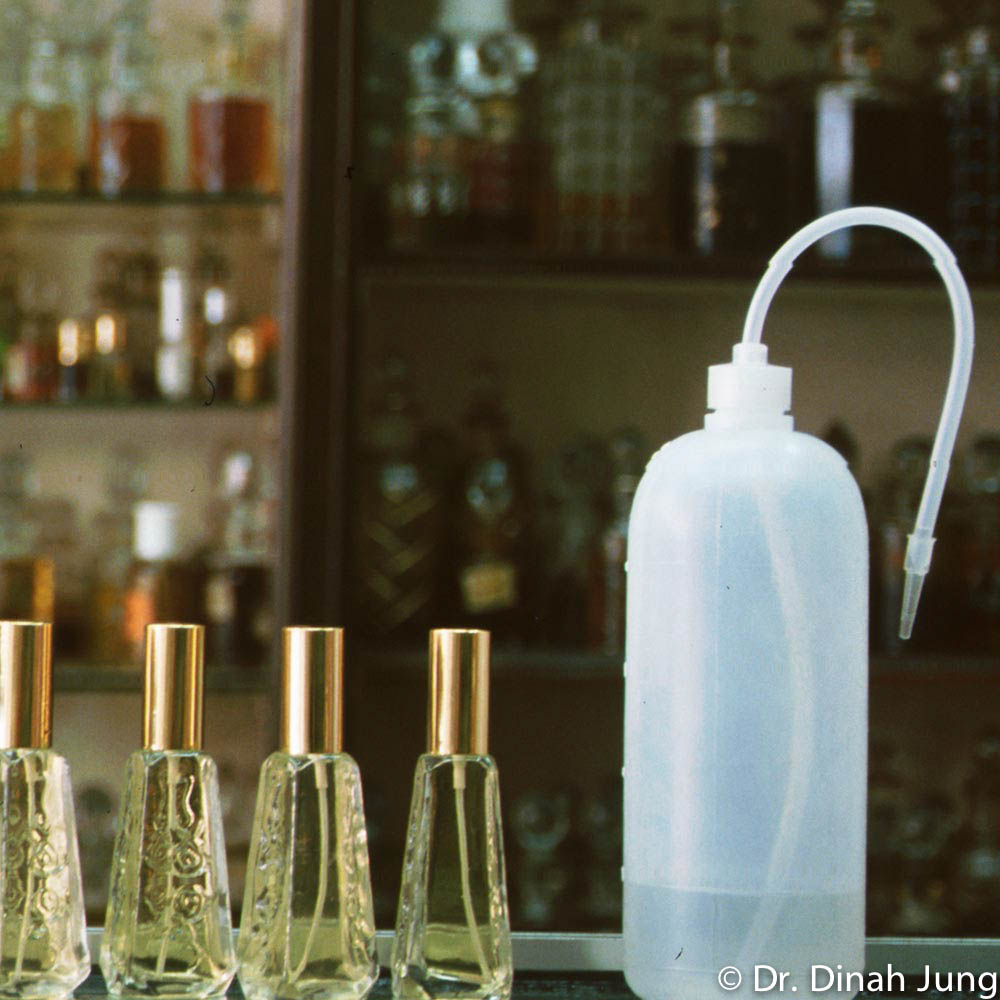
13 changes
TODAY’S ECONOMIC SIGNIFICANCE AND THREATS
- Integration into global markets of multinational enterprises especially since the 1990s.
- Object of (international) patents.
- A sizeable multi-billion dollar business.
- Overexploitation and loss of natural resources.
- Loss of local knowledge and traditional (sensory and production) skills.
